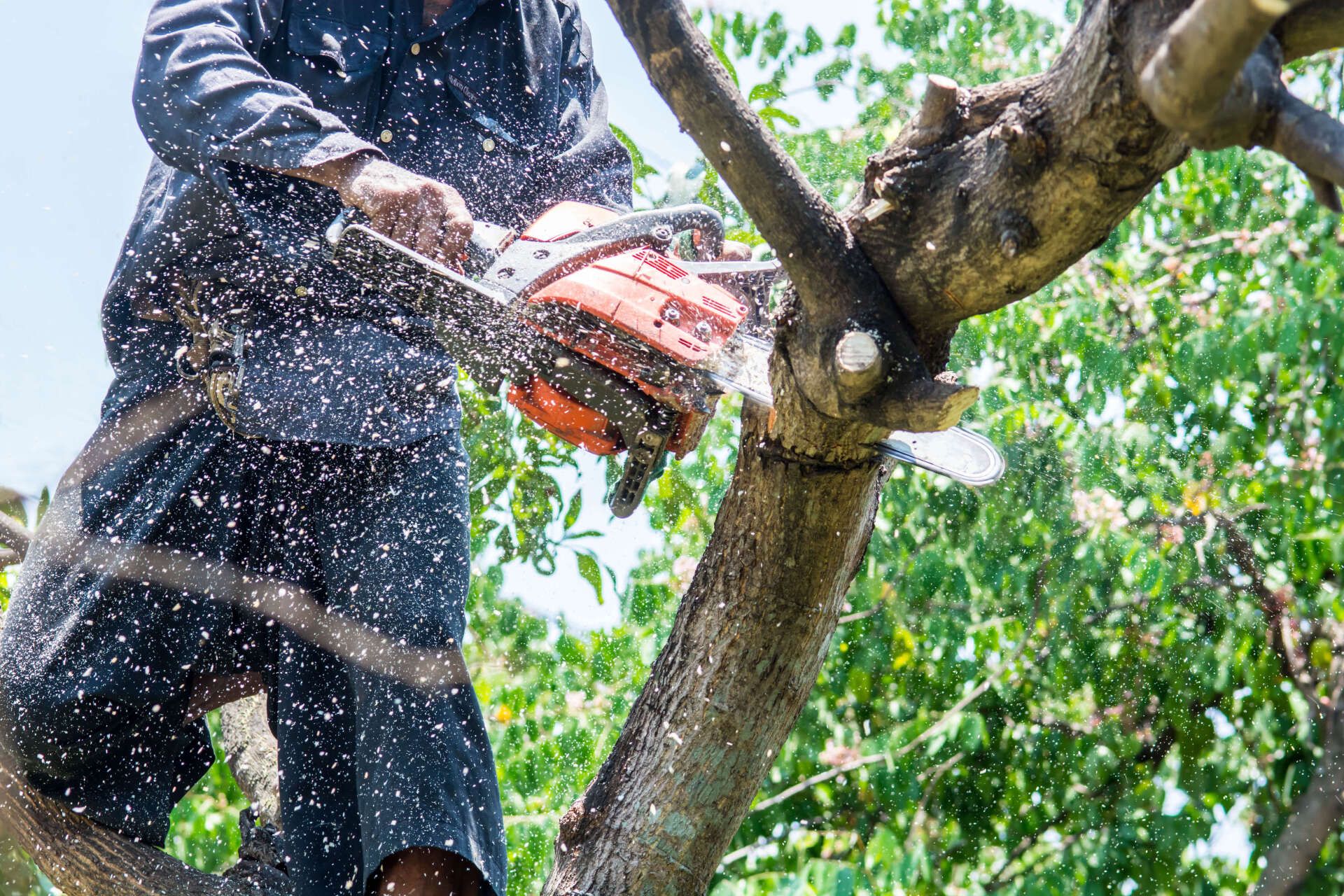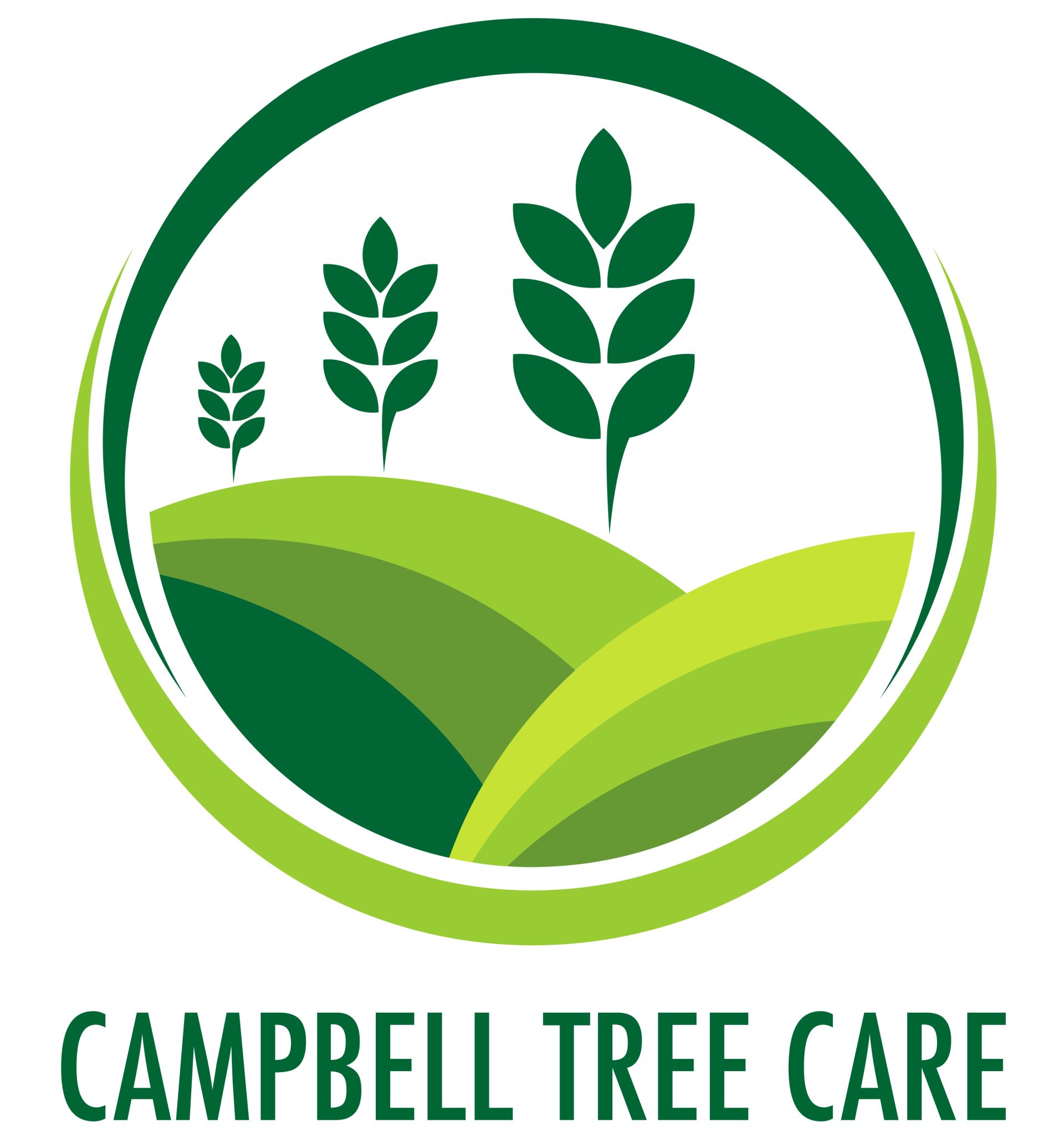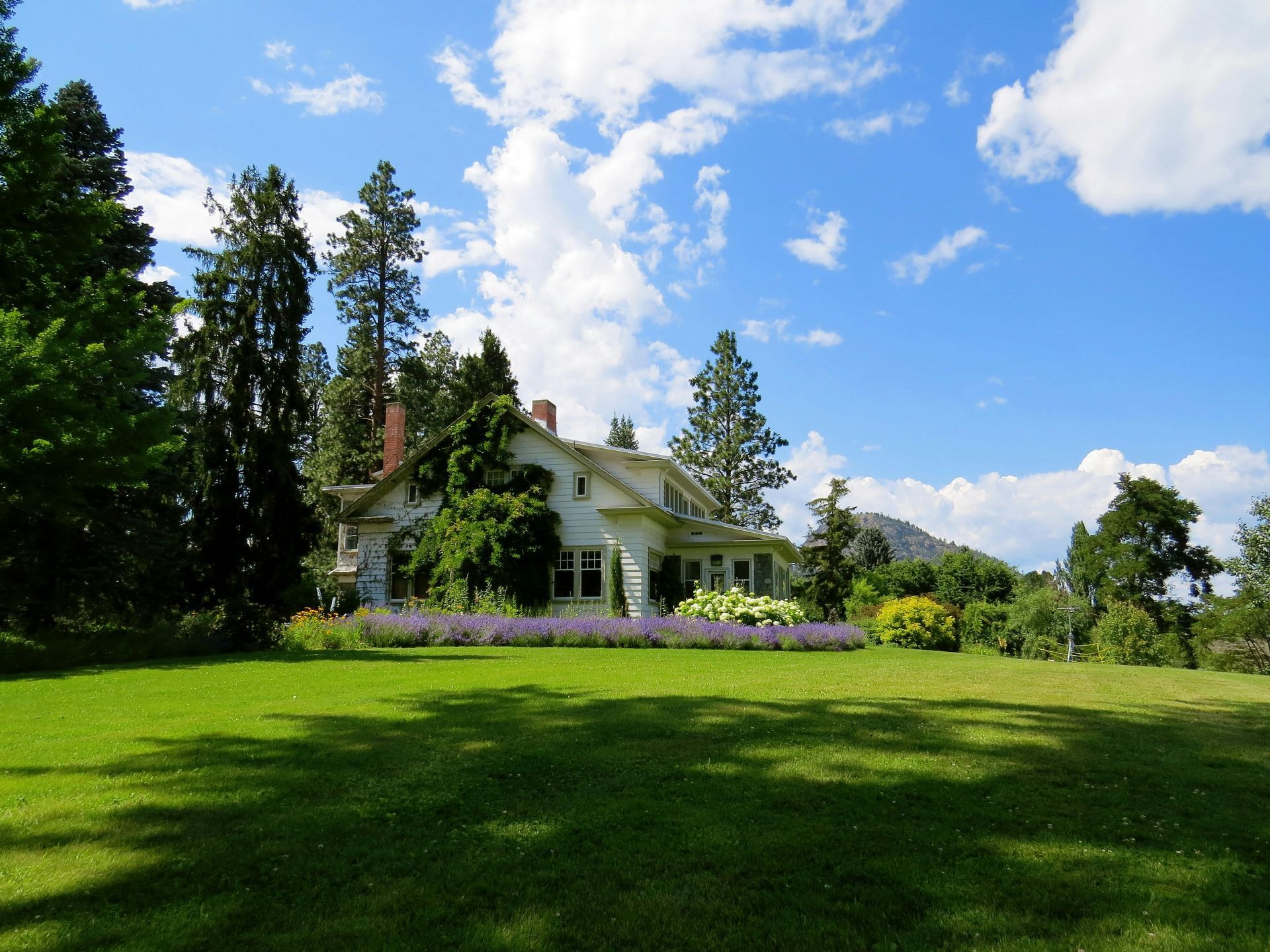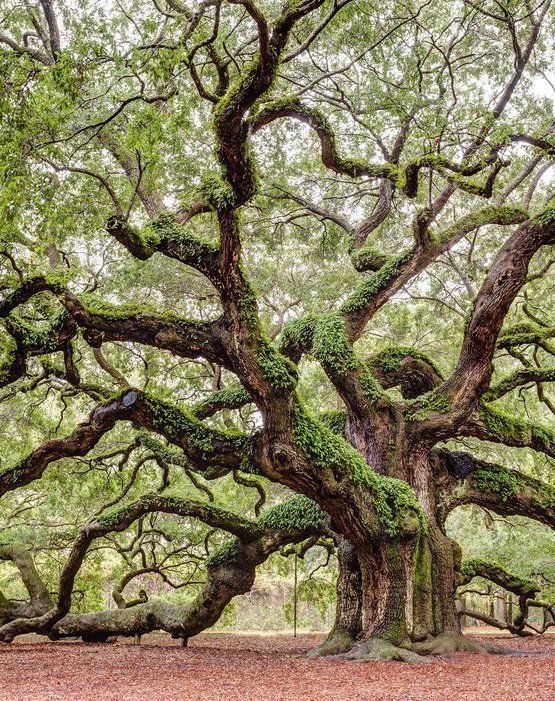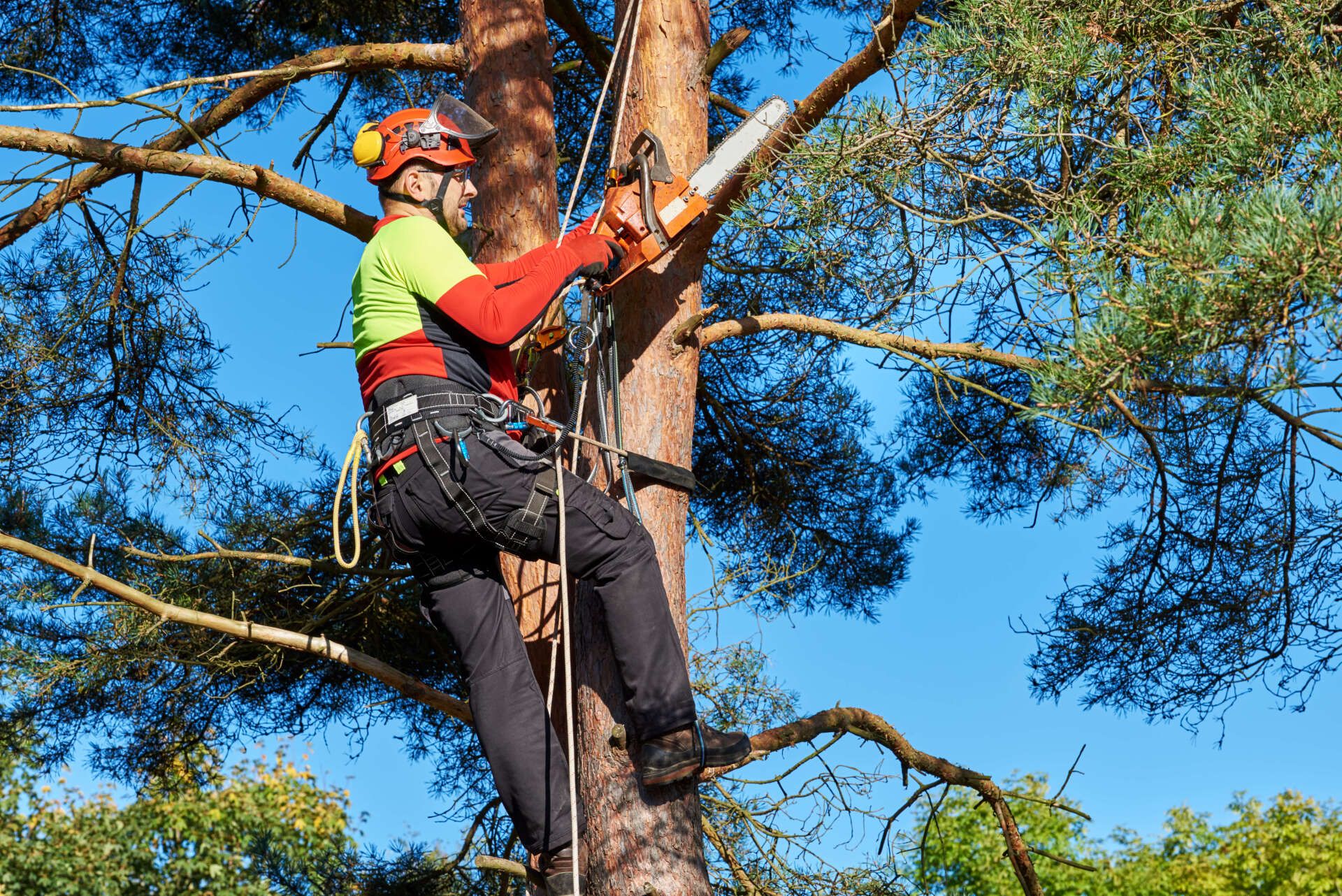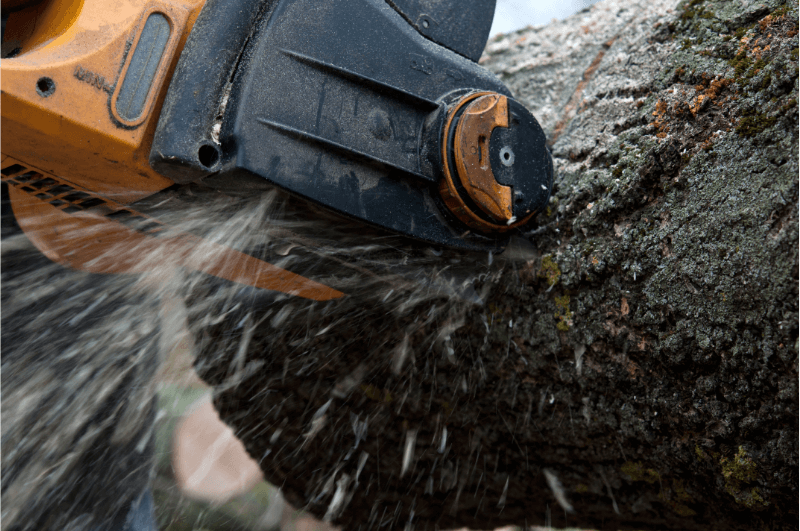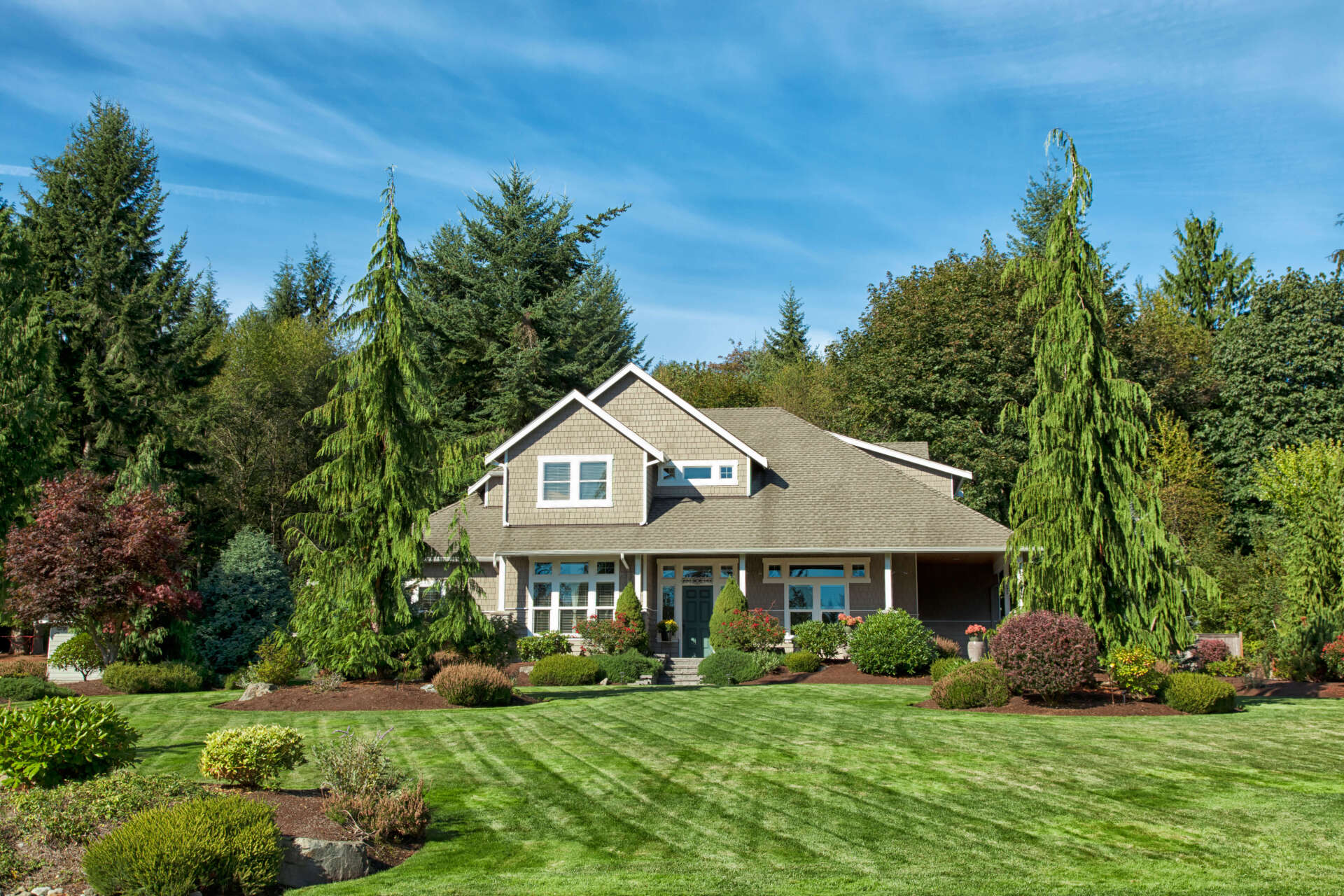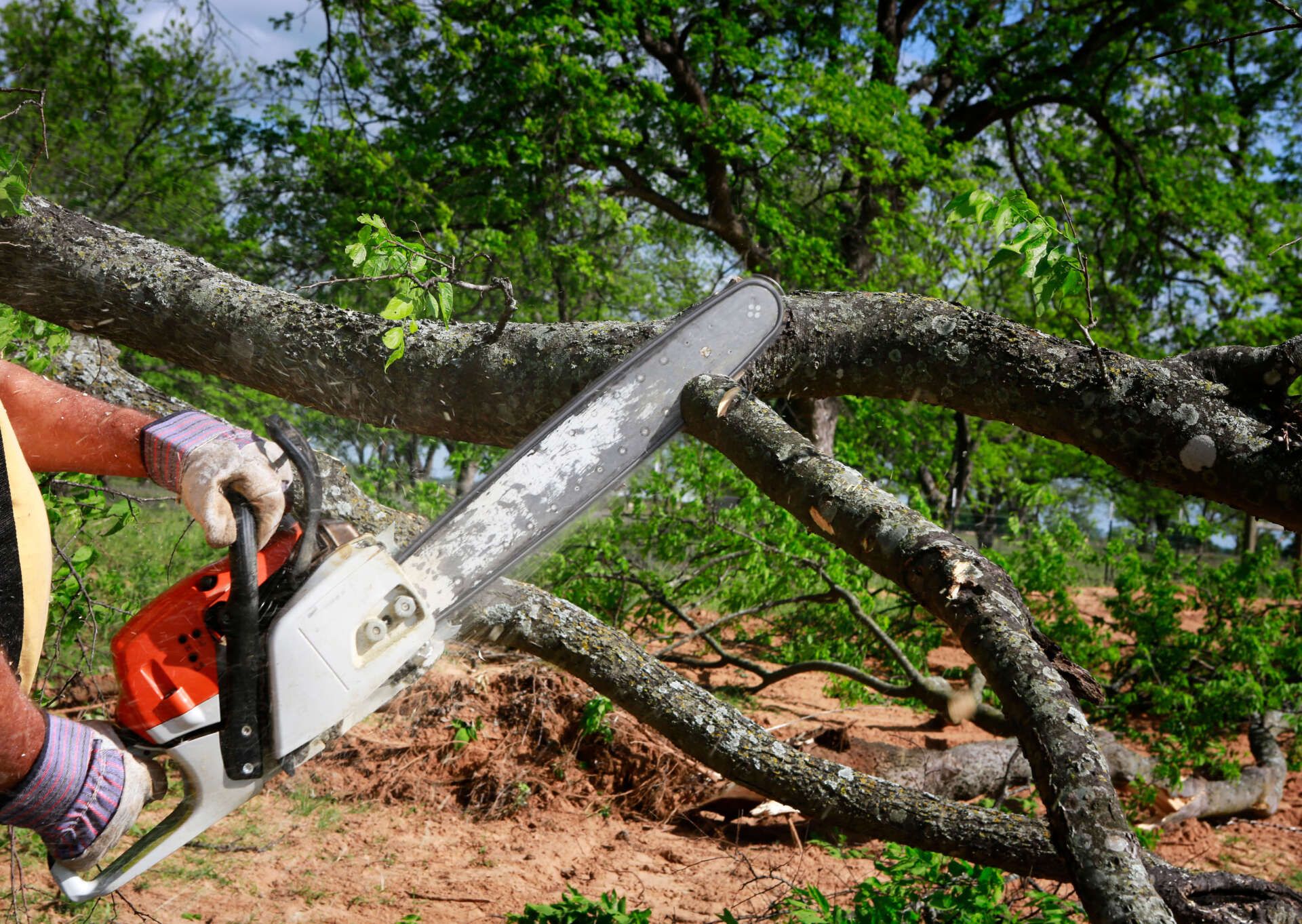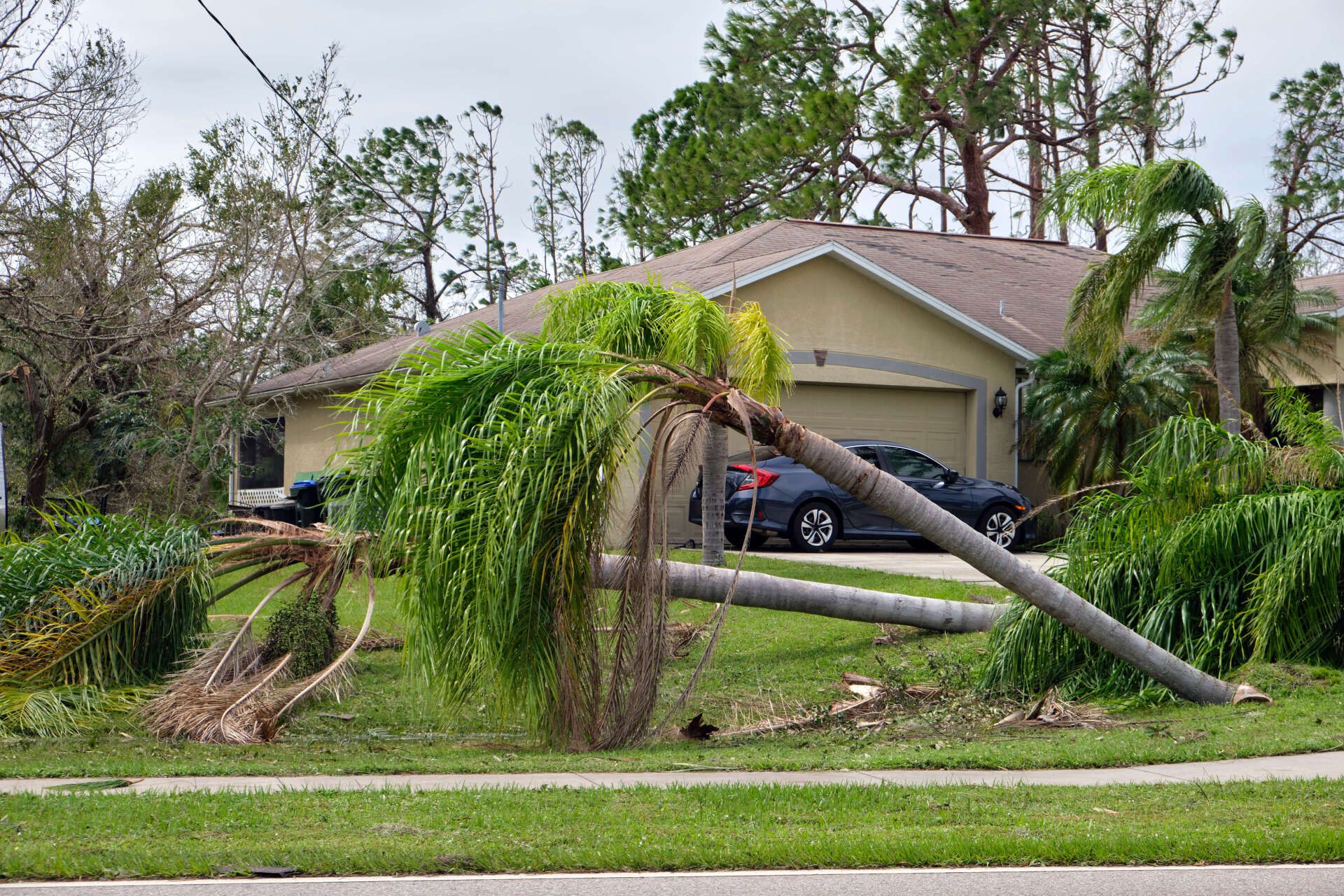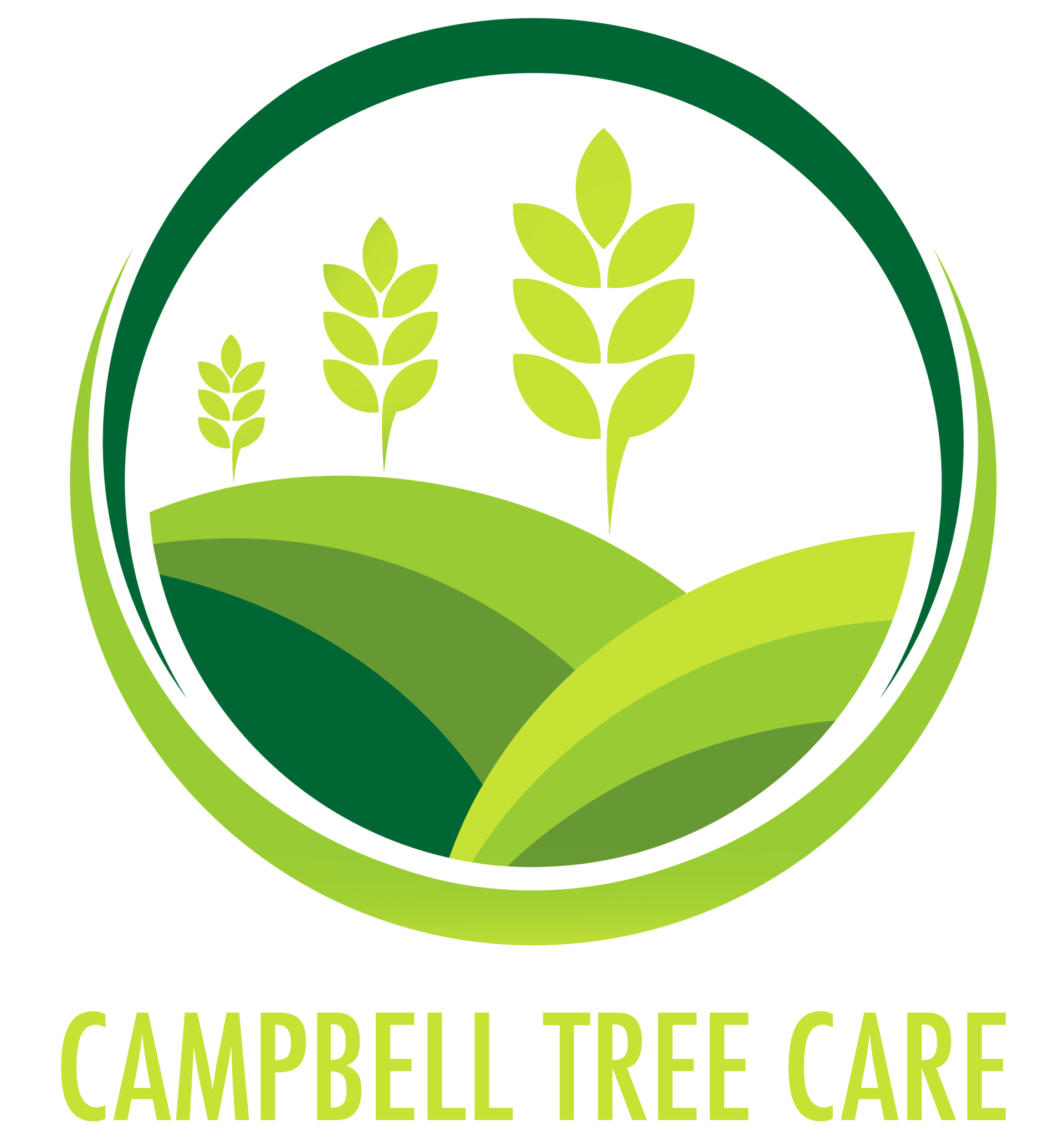Why Tree Removal is Necessary
Having a yard in your house is highly beneficial. Aside from the beauty it brings to your home, it provides natural air, fresh fruits, and shades during summer. Your home can benefit greatly from having a yard. Many people plant trees in their gardens to have natural tranquility and access to freshly harvested fruits. However, having a beautiful garden is more than just planting trees and letting them grow; it requires much effort, time, care, and maintenance.
You will often need to remove certain trees to protect your home, save other trees, follow local councils' guidelines, or for local environmental plans.
Removing trees can be challenging, especially if you have put a lot of energy into growing and cultivating the tree. However, there are several circumstances where removal is required for safety, property improvements, or even to reduce extra mess. Moreover, you should do something other than tree removal; you should hire a professional or certified arborist to remove damaged trees. Let's take a closer look at why tree removal is important.
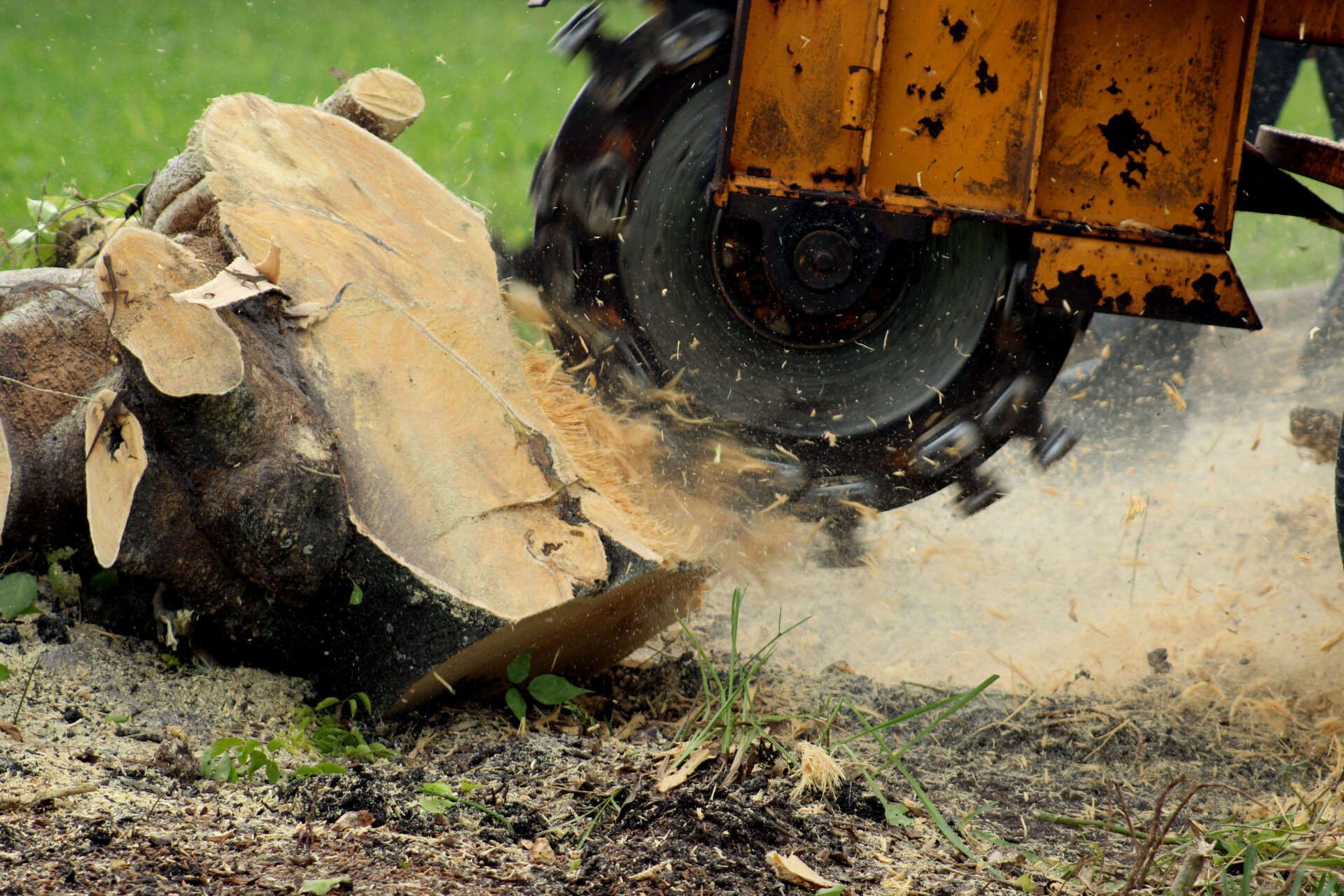
Top Reasons Why You Should Remove a Tree
1. Safety
One top reason tree removal is important is because of the harm diseased, damaged, or dead trees can cause. Just like how you can't keep dead animals in your home, in the same way, you shouldn't leave a dead tree in your garden. Damaged or dead trees, and rotten tree limbs, pose some threat to neighboring buildings, people walking, and moving cars. During storms, falling branches or uprooted trees can threaten human life and inflict significant property damage. Rapidly identifying and removing dangerous trees can help avoid accidents and safeguard public safety.
Tree roots will keep expanding, and depending on where the tree is located; overgrown tree paths may pose a significant threat to the area. The damage might be exceedingly expensive if the roots get so out of control that they destroy roadways and walkways. Contacting a qualified tree professional to prune the roots is the best action in this situation. To prevent the roots from becoming out of hand, it is crucial to control them while it is possible.
Moreover, weakened or structurally infected trees close to buildings, highways, power lines, or other structures may become dangerous. The tree's stability might be weakened by illness, decay, or storm damage, increasing the likelihood that it will fall or shed huge limbs. Such trees should be removed soon to avoid potential harm to infrastructure, automobiles, and buildings.
2. Pest and disease control
Trees are susceptible to diseases and pests, which can cause decline and even death. In some instances, destroying affected trees is essential to halt the disease's spread to nearby healthy trees. Moreover, dead trees are the perfect place for pests like mosquitoes, wasps, beetles, and fly larvae to build their nests, and if care is not taken, these insects may enter your home and further weaken the wood.
Moreover, If a disease causes your tree to die, tree removal is necessary to prevent the disease from spreading to nearby trees. Yellowish hue, patchy leaves, withering, swelling, and cankers are typical indications of infection. If you see any of these symptoms, get the tree removed to prevent the infection from spreading to other trees. Arborists can stop the spread of these dangerous agents and safeguard the ecosystem's general health by removing affected trees.
3. Road Construction
Road building is an essential component of infrastructure development that facilitates the growth and connectivity of transportation networks. However, removing trees is a common part of road construction if it is essential to your local environment plans. Although trees have many environmental advantages, like habitat formation and carbon storage, occasionally, removing some to build roads is essential.
Moreover, utility infrastructures, such as water and sewer lines, gas pipelines, and electrical cables, are frequently installed in road-building projects. It could be necessary to cut down trees to make room for utility lines to provide these essential services. Clearing the land guarantees utility companies unhindered access during installation, maintenance, and repairs, enabling efficient and dependable service delivery to communities.
4. Fire Hazards
Removing trees within the permitted distance from homes is essential for fire safety, especially in areas where wildfires are possible. Wildfires use dead or dry trees as key fuel sources, raising the possibility of property destruction and putting lives at risk. Wildfire hazards must be reduced through cooperation with local authorities, adherence to local council vegetation removal plans, and maintenance of defensible space around structures. Removing tree preservation initiatives can protect your properties and the environment from destructive fires.
5. Stability And Structural Integrity
Trees with shallow roots are more vulnerable to instability, especially in extreme weather conditions like storms or strong winds. Shallow roots don't provide enough support, making the tree more susceptible to uprooting or falling over. Trees with shallow roots should be removed to ensure stability and guard against damage to neighboring buildings and properties.
Moreover, trees with shallow roots are more likely to experience soil saturation because they are less capable of absorbing excess moisture. This may cause soil erosion and instability, further jeopardizing the tree's stability. The chance of a tree toppling during bad weather increases when wet and unstable soil conditions compromise the tree's anchorage.
Conclusion
Despite trees' important function in our environment and how tree preservation orders aim to preserve visually appealing trees, there are some situations in which tree removal is required. Responsible tree removal balances conservation efforts and public safety by allowing urban development and forest management, reducing risks and diseases, and more. We can preserve a healthy environment while addressing the changing requirements of our civilization by using careful planning, replanting techniques, and sustainable practices. Handling tree removal responsibly and respecting nature are essential to achieve a peaceful coexistence between people and the environment.
About Campbell Tree Care
Campbell Tree Care is a trusted provider of comprehensive tree services. With our team of dedicated experts and years of industry experience, we are committed to delivering top-notch tree care solutions to our valued clients.
Our services encompass a wide range of tree care needs, including tree pruning, hedge trimming, mulching, stump grinding, and removal. Whether you require assistance with residential or commercial tree work, our expertise extends to both sectors. At Campbell Tree Care, we prioritize your trees' aesthetic appeal and health.
